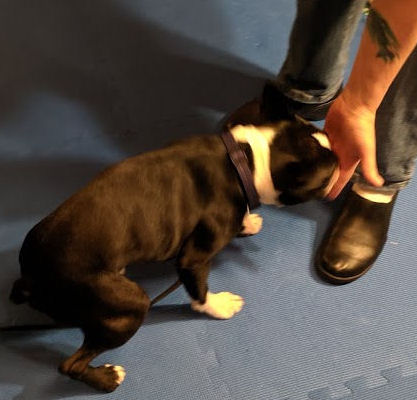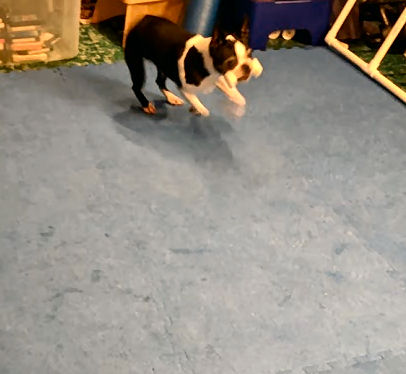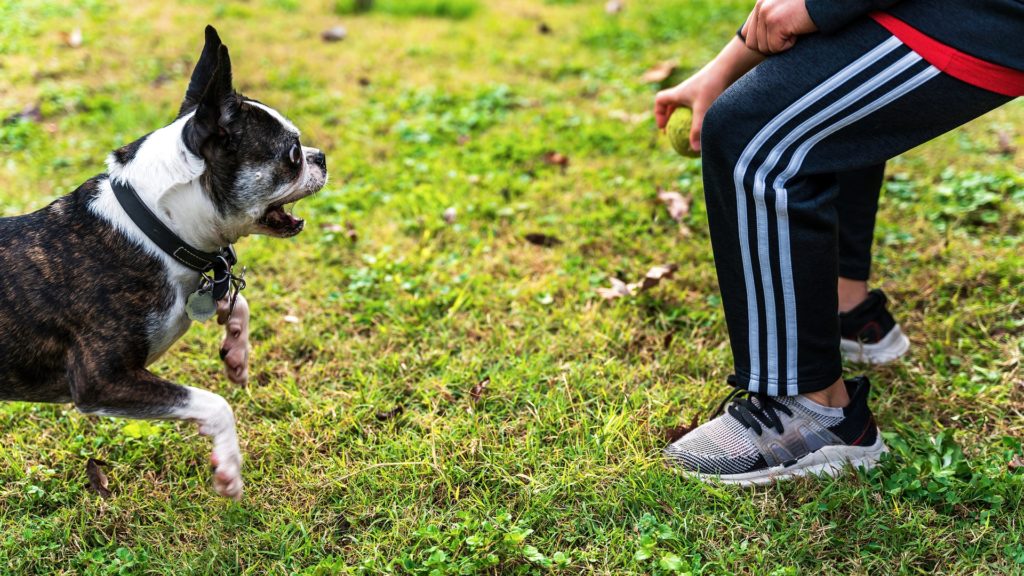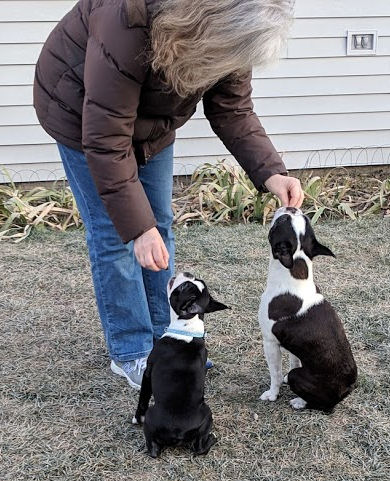Decades ago, it was commonly thought punishment was necessary to dog training. That dogs wouldn’t understand, or obey, unless they were forced. When you know better, you do better. We now know that dog training shouldn’t hurt.
Positive reinforcement dog training isn’t permissive – dogs aren’t allowed to do whatever they want whenever they want to do it. But it also isn’t punishing. If you ever enlist the help of a dog trainer who advocates the use of either “corrections” or “punishment,” run away.
But the old ways worked
Maybe so. But punishment is never a long-term solution to any problem. In studying human psychology, also applicable to dogs, the problems with punishment include:
- It only tells you what not to do. There’s no guidance.
- It creates fear, which may lead to
- Increased aggression.
- The behavior which triggered the punishment is not forgotten. It’s suppressed and can return when the punishment is absent.
In force-based training, when a puppy had an “accident” in the house, the advice was to “rub the dog’s nose in it,” while yelling “No!” This didn’t teach the puppy not to mess in the house. It taught them not to let you find the mess. So they got sneaky about it, instead of learning not to do it. There was a major interrupt between what was being taught, and what was learned.
Not spiteful creatures
Dogs are really honest beings. They’re not spiteful, or vengeful, or “mad.” They simply don’t understand the “right” thing to do because they don’t know what it is. A classic example is the dog who might urinate on the owner’s bed when left alone. That dog isn’t angry at being left alone. He’s anxious and stressed because he hasn’t been taught how to cope with separation.
Positive reinforcement training, as 2-Minute-Trainers teach, is building the dog’s understanding so she can make good decisions when faced with unfamiliar situations. If your dog has been taught to rely on you for guidance and feedback, she’s less likely to make poor choices on her own.
Purely positive is a myth
Realistically, it’s impossible to never use “aversives” in dog training. Since the definition of “aversive” includes anything the dog doesn’t like, even the mildest could qualify. Something as simple as walking away from a dog that’s barking at you can be viewed as aversive, since the dog doesn’t like it.
Getting technical, it’s called “Negative Punishment” – removing something the dog wants (you) in order to decrease behavior. In the four quadrants of Operant Conditioning, “negative punishment” is the pair to “positive reinforcement”- like giving a treat for a prompt response to “Sit!”
For the most humane, and effective dog training, we use only these. Reward what you like, ignore what you don’t.
Not the fastest method
We know that in today’s world we all want what we want when we want it. But dogs learn at their own pace. If we’re patient and consistent, our dogs can learn whatever we choose to teach them. Step by step, teaching then testing their comprehension. Some things your dog will get almost instantly. Others take a while. Some things will require that you find a different way of explaining things. It’s worth it.
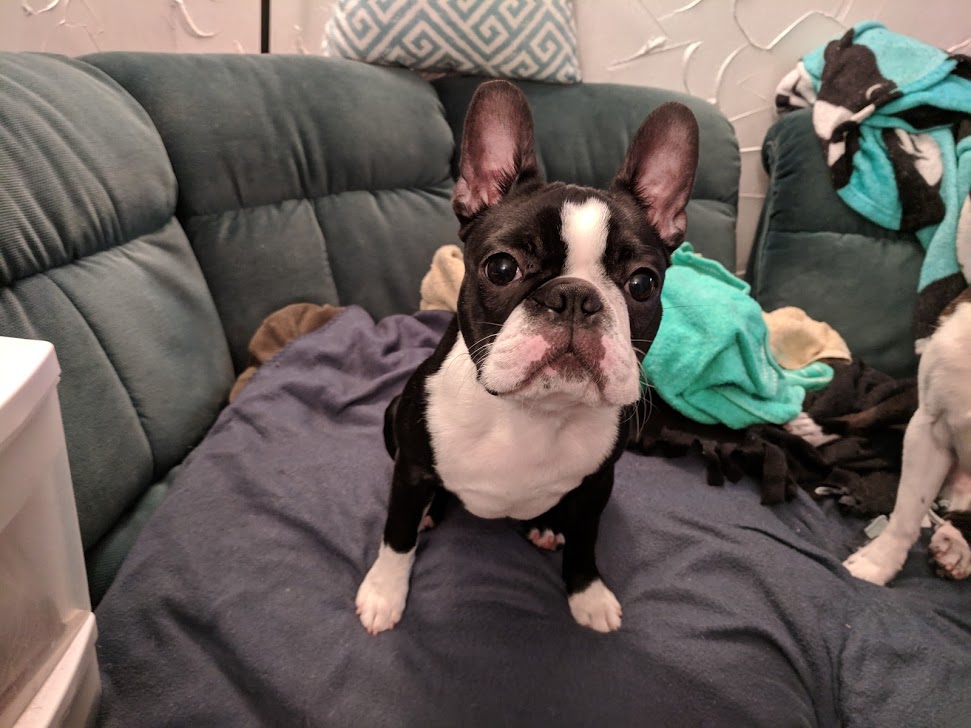
Fran’s 3-year-old Boston Terrier Simon was always crouching when asked to “Stand!” He’s almost ready for competition obedience, but the “Stand for Exam” was holding them back. He associated “Stand” with a weird little half-sit, instead of the proper position.
He just wasn’t getting it. So Fran found a different word, and a different way of explaining it to him. After only a couple of sessions, his “Station!” looks like a proud show dog stance, instead of a wobbly squat.
Dog training shouldn’t hurt
We do know some old-school trainers who pretend to be positive, and are anything but. They’ll give their dog a collar “pop” correction while saying sweetly “Good dog!” The dog rarely hears “Good dog!” when it gets things right the first time. This dog’s tail is never wagging happily. Instead, you see the slow, steady sweep of fearful appeasement.
Your dog shouldn’t be afraid to get things wrong. They should know that as long as they try, the worst that can happen is there’s no reward. Which is a signal to try again, try something else. Positively-trained dogs keep going. Because it doesn’t hurt to be wrong.

